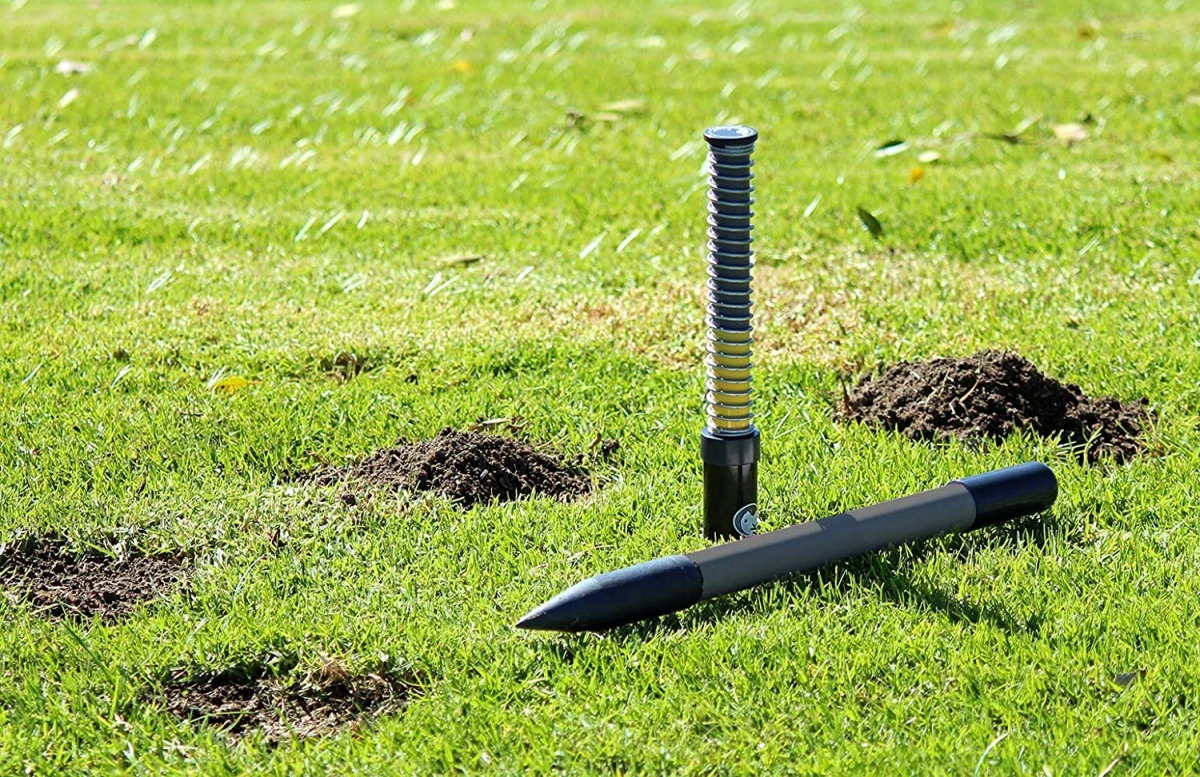That Cube Shelf Everyone Has? Here’s How to Build It Without a Meltdown
So, you finally did it. You bought the cube storage unit. You know the one—it’s a modern classic, a lifesaver for anyone drowning in clutter, and it looks so simple in the store. But now it’s in a flat box on your living room floor, looking a lot more intimidating.
In this article
Let’s be real, we’ve all been there. Before you start questioning all your life choices, let me give you the lowdown. Assembling this thing isn’t hard in the way that, say, plumbing is hard. But it does require patience. My advice? Block out a solid two hours, put on some good music, and grab a beverage. It’s totally doable.
For me, choosing this shelf was a no-brainer. It’s incredibly versatile (books, vinyl records, those fabric bins for hiding junk), and honestly, the price is tough to beat. The main unit usually runs around $90, and you can grab the fabric or wicker bins for anywhere from $5 to $15 a pop, depending on where you look.

Okay, Before You Do Anything Else…
I’m serious about this. Before you even snip the plastic wrap, open the instruction booklet to the parts list. Now, dump all the screws, dowels, and little metal bits into a bowl and count them. Every single one. Cross-reference them with the list.
Why? Because finding out you’re missing two critical cam-lock screws halfway through the build is a special kind of agony. This five-minute check can literally save you from a mid-project crisis. I learned that one the hard way, of course.
Your Toolkit: What You Actually Need
The instructions might just show a simple screwdriver, but you can do better. Here’s what will make your life infinitely easier:
- A #2 Phillips head screwdriver. Quick tip: If you have one with a magnetic tip, use it. You’ll thank me when you’re not constantly dropping tiny screws into the deep abyss of the half-built unit.
- A rubber mallet. You can get one for about $15 at any hardware store. It’s perfect for gently (and I do mean gently!) tapping the wooden dowels and panels into place without denting the finish. Don’t have one? A regular hammer with a thick towel wrapped around the head works in a pinch.
- A small bowl or tray. For all those little hardware pieces you just counted. Trust me.
Heads up! I know it’s tempting, but put the power drill away for this one. Most of this type of furniture is made from particleboard, and it is incredibly easy to overtighten and strip the screw holes with a drill. Just use good old-fashioned elbow grease. It’s slower, but it’s safer.

For the most part, the build is straightforward. You connect this panel to that panel, and so on. But there’s always one step that trips people up. It’s usually when you’re assembling the main frame, and a diagram doesn’t make it clear which way a panel should face.
Here’s a lesser-known trick: Look for the finished edges. The outer panels will have finished edges on the sides that will be visible, while the inner, cheaper-looking edges will face inward. In one particularly frustrating step, a diagram might not clearly show which way a grooved edge for the back panel should be oriented. Pro-tip: Before you tighten anything, dry-fit the pieces and make sure all the grooves for that flimsy backboard are facing inward, ready to accept it later. Fixing this after the fact is a nightmare.
Top 3 Mistakes to Avoid (That Everyone Makes)
From my own trial-and-error and from hearing friends’ horror stories, here are the big ones:

- Putting a main panel on backwards. You get to the very end, and you realize one of the big exterior panels has its raw, unfinished edge facing out into the room. The only fix is to basically disassemble the whole thing. Always double-check your finished edges!
- Overtightening the cam-lock screws. You know those little round metal things you turn with a screwdriver to lock two panels together? They only need to be turned until they feel snug. If you keep turning, you’ll hear a dreaded crunch sound. That’s the sound of the particleboard giving up. Be gentle.
- Skipping the wall anchor. Oh yeah, that little bag with the strap and extra screws? It’s not optional, especially if you have kids or pets. It prevents the unit from tipping over. It takes an extra ten minutes to install, and it’s the most important step for safety.
DIY or Hire a Pro?
So, after all that, is it worth the struggle? I think so. There’s a certain satisfaction that comes from building your own furniture, and you just saved yourself a good chunk of change.

But if this all sounds like way too much hassle, there’s zero shame in calling for backup. Services like TaskRabbit or other local handymen can have this thing built for you in under an hour. You can probably expect to pay between $50 and $100 for the service. For me, the bragging rights (and the money saved) were worth the two hours of focus. You do you!
Inspiration:


A crucial final step: Always use the included wall anchor kit. It might seem like an optional extra, but a loaded shelf, especially a taller one like the 5×5 unit, can be a serious tipping hazard. This is non-negotiable in homes with children or pets. Securing it to the wall takes ten extra minutes and provides essential peace of mind.

The predecessor to the KALLAX, the EXPEDIT shelf, became a cult classic among vinyl record collectors because its 13×13 inch cubes were the perfect size to house 12-inch LPs.
When IKEA updated the design to the KALLAX, they kept these iconic dimensions, ensuring its continued reign in the homes of music lovers everywhere. It’s not just storage; it’s a piece of design history.

Once the last screw is tightened, the real fun can begin. Think of your cube unit as a blank canvas. A popular

That pristine finish is looking a bit dusty… what’s the safest way to clean it?
For the typical laminate or foil finish, less is more. Skip the harsh chemical sprays. A soft, damp microfiber cloth is all you need for routine dusting. For stubborn smudges, use a tiny bit of mild dish soap diluted in water, then wipe with a clean, dry cloth immediately. The key is to avoid soaking the surface, which can damage the particleboard underneath.

The secret to a chic cube shelf? Curation, not clutter. Avoid filling every single cube to the brim. Instead, create a visual rhythm:
- Mix it up: In one cube, stack books horizontally. In the next, place a single sculptural object. Use a fabric bin in another to hide mess.
- Play with negative space: Leaving a cube or two completely empty gives the arrangement room to breathe.
- Stick to a color palette: Choose 2-3 accent colors for your decorative items to create a cohesive, intentional look.

Fabric Bins (like IKEA’s DRÖNA): These are budget-friendly, lightweight, and perfect for hiding kids’ toys or messy cables. They offer a clean, uniform look and come in dozens of colors.
Wicker or Rattan Baskets: They add natural, bohemian texture to the shelf. Ideal for storing magazines or craft supplies, they bring warmth and a more organic feel than solid fabric.
The choice depends entirely on your style: go for fabric for a sleek, modern look, and wicker for a cozier, more rustic vibe.
- Save up to 50% off the retail price.
- Find unique, discontinued colors or finishes.
- Get it already assembled (the ultimate win!).
The secret? Scour Facebook Marketplace or local buy-and-sell apps. Many people sell their cube shelves when they move or redecorate, offering a fantastic bargain if you’re willing to handle the pickup.










